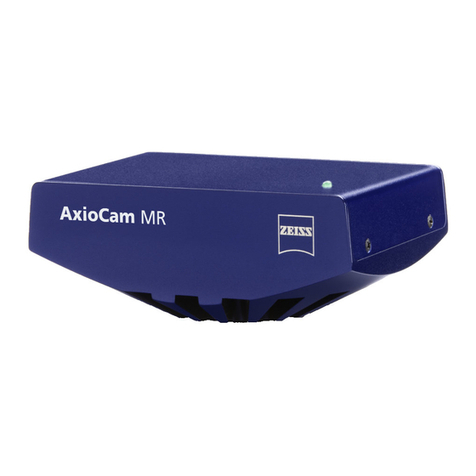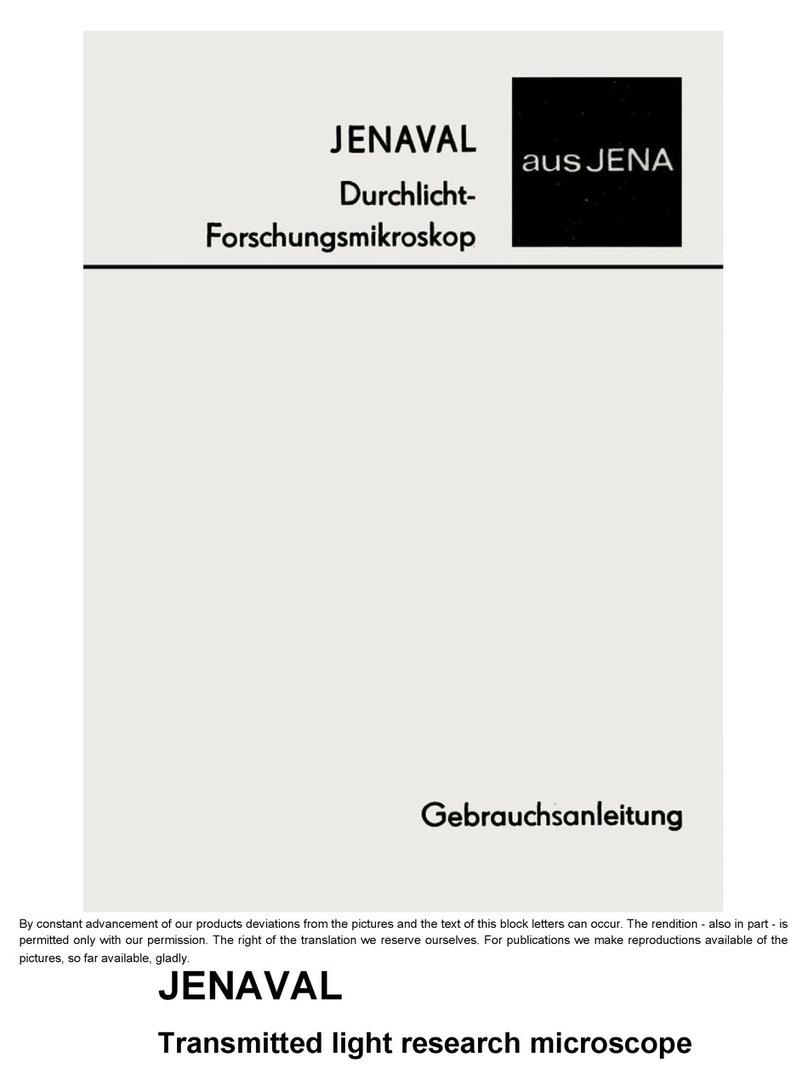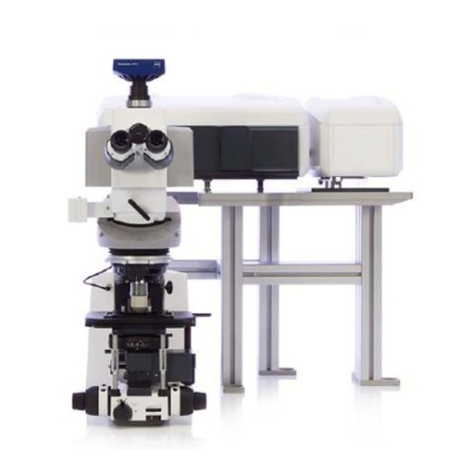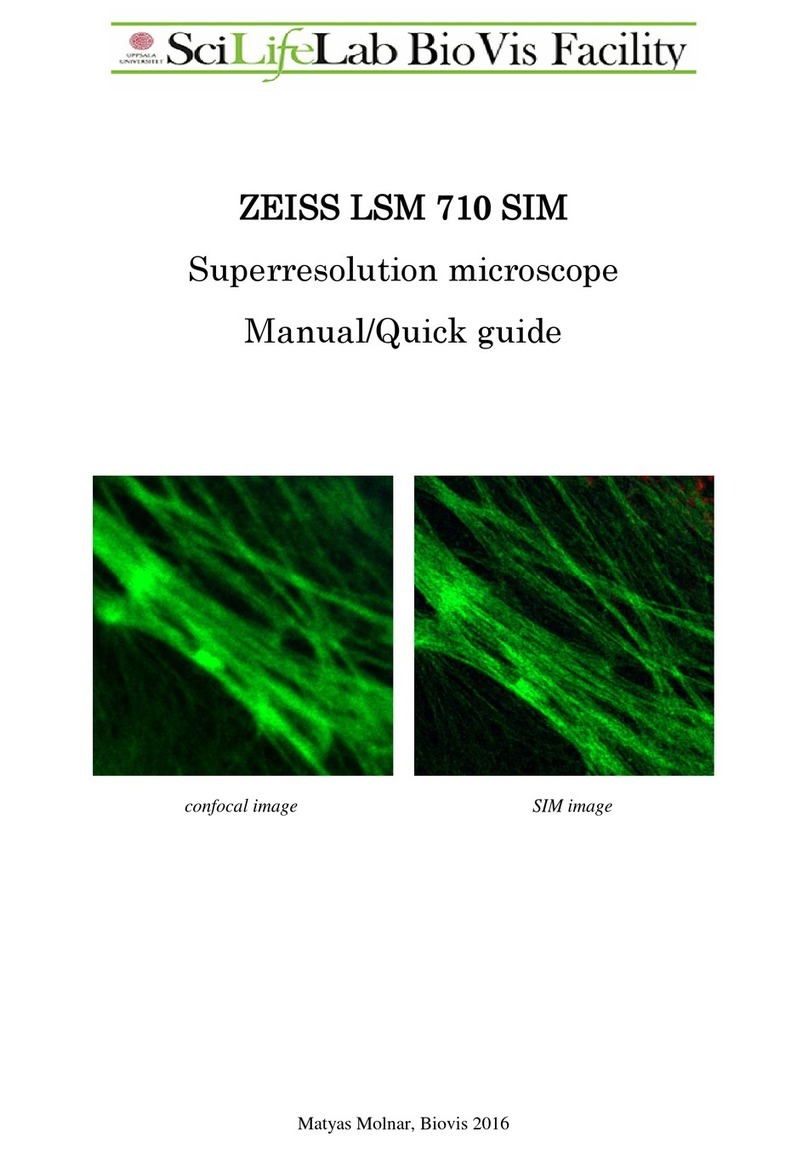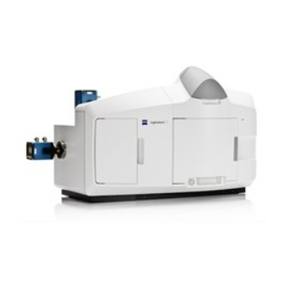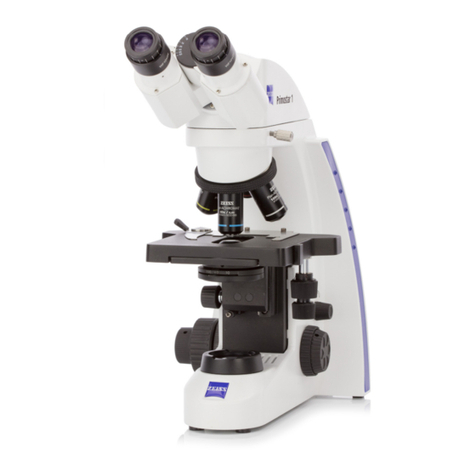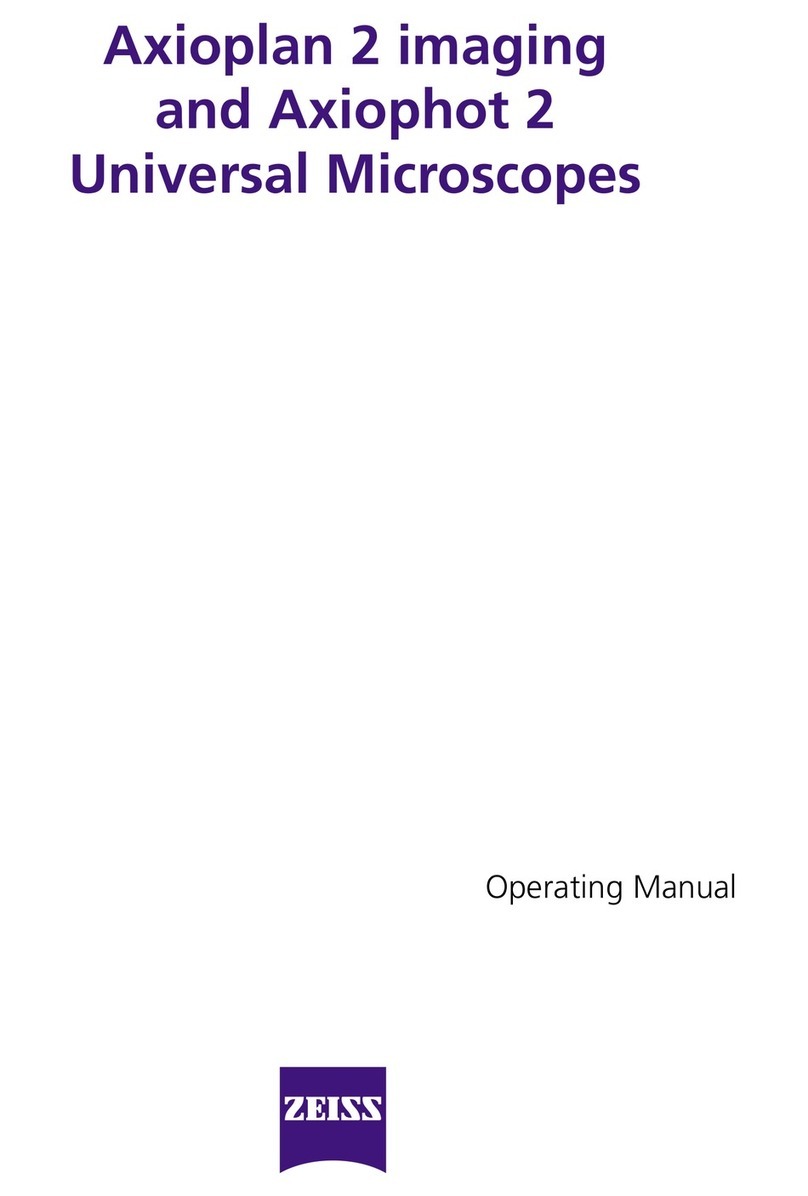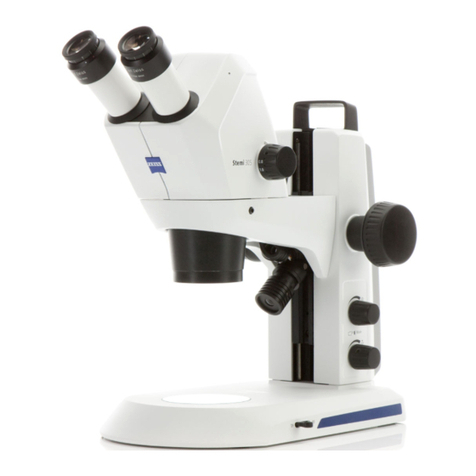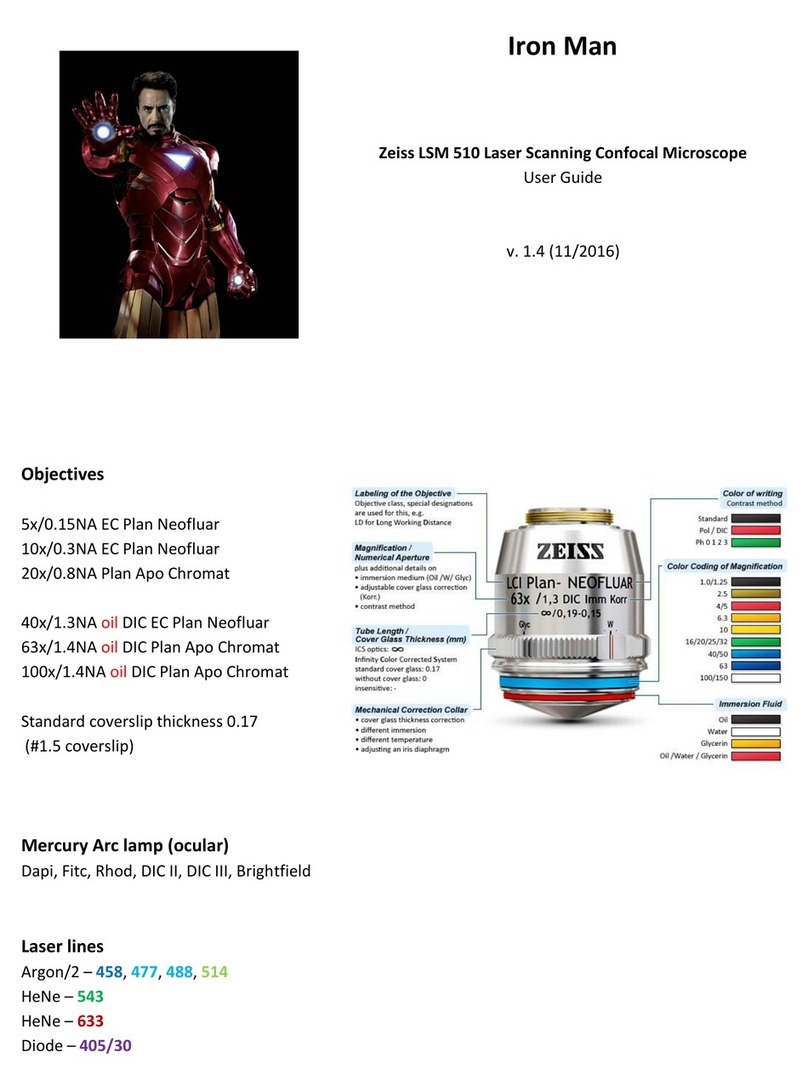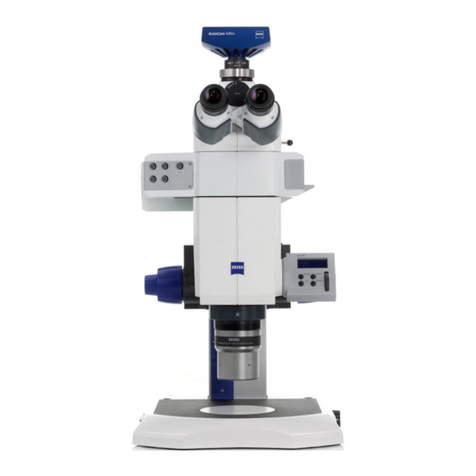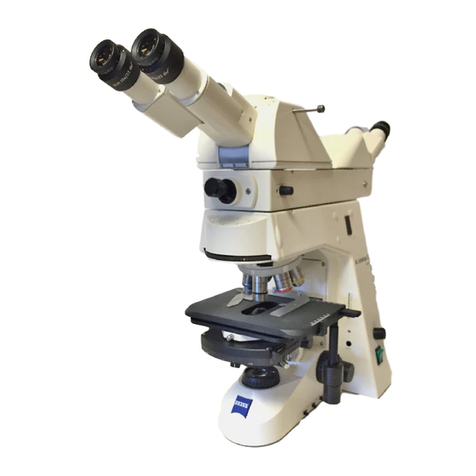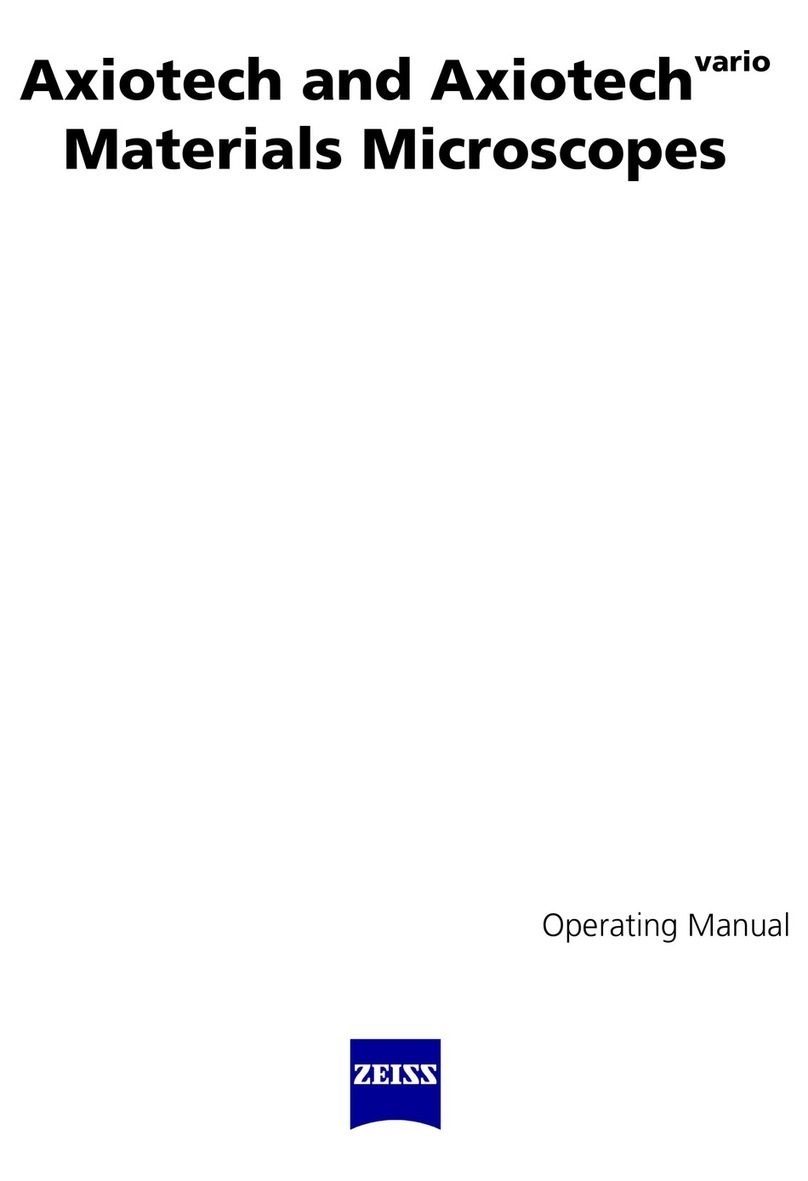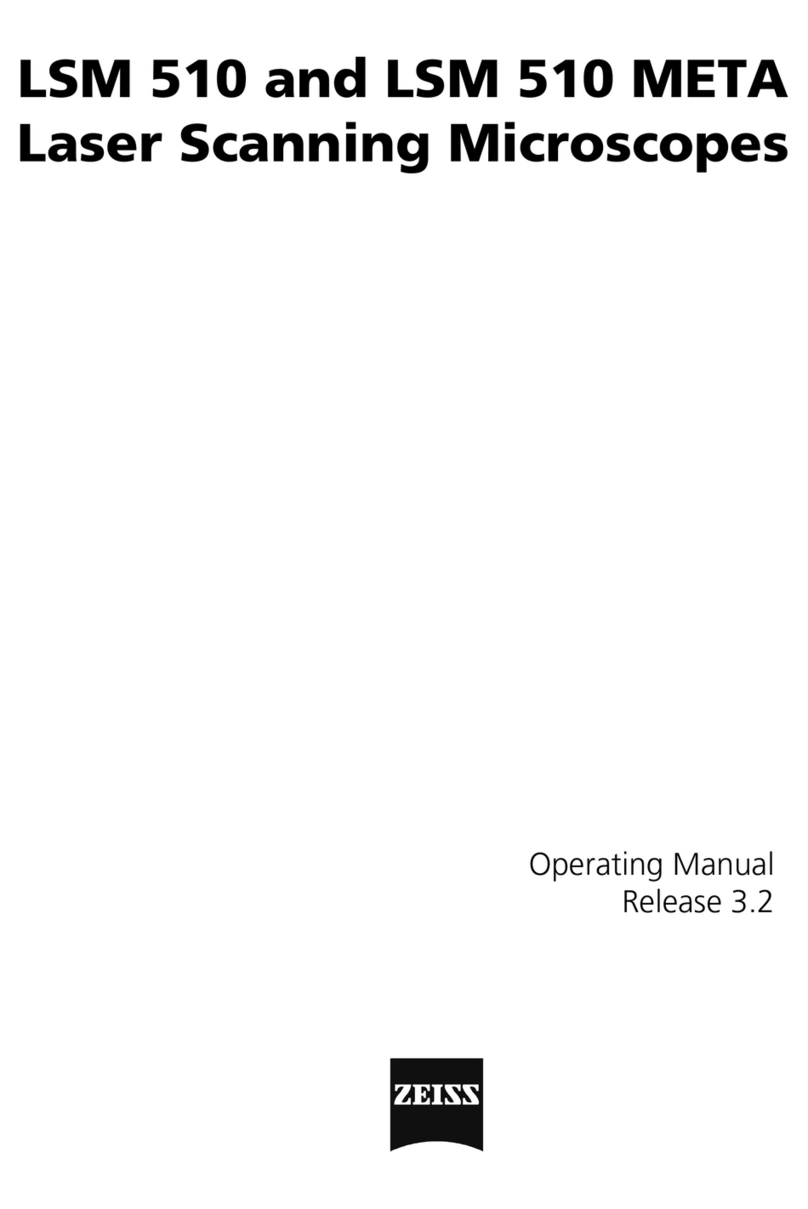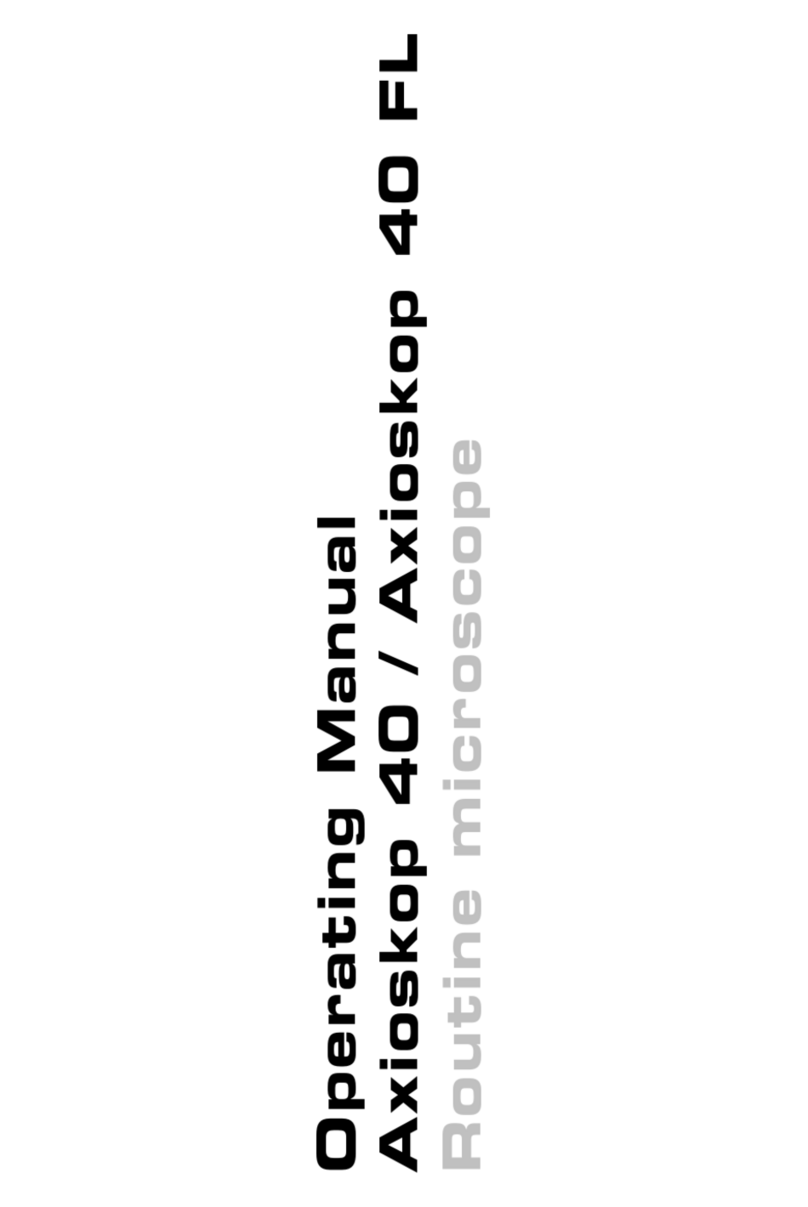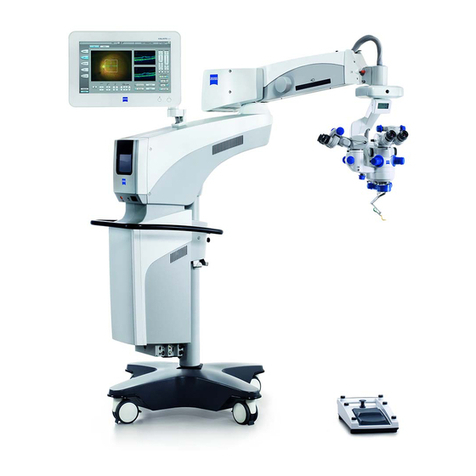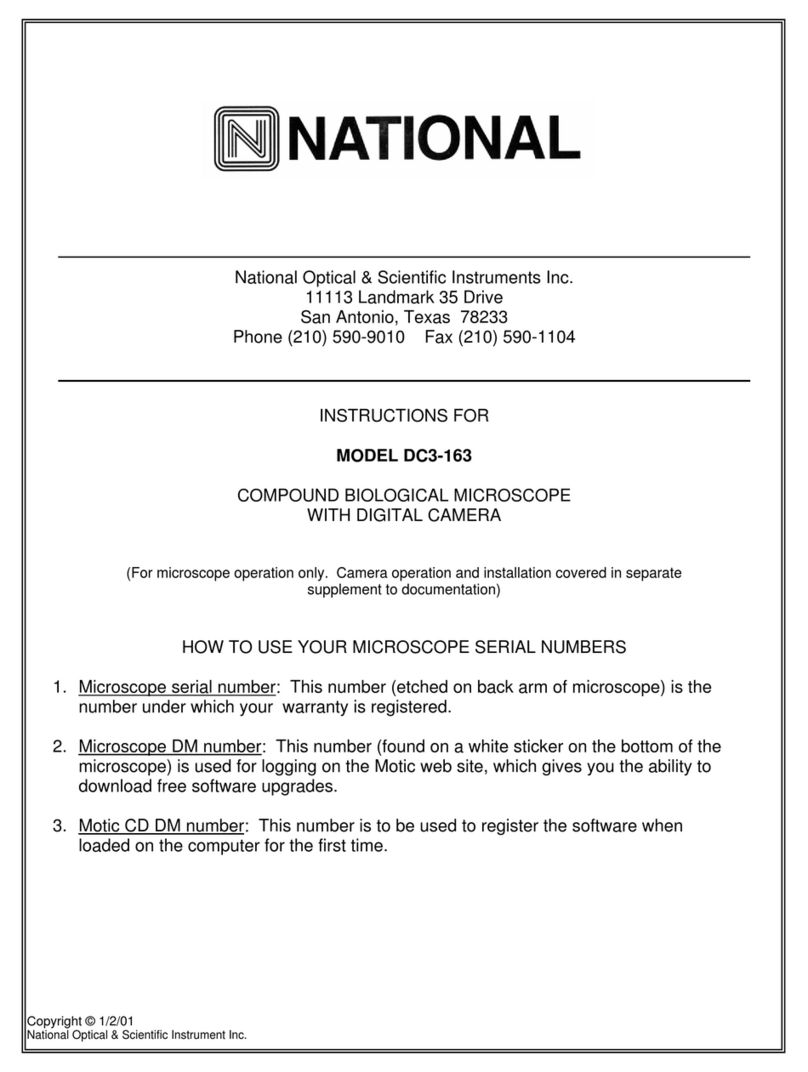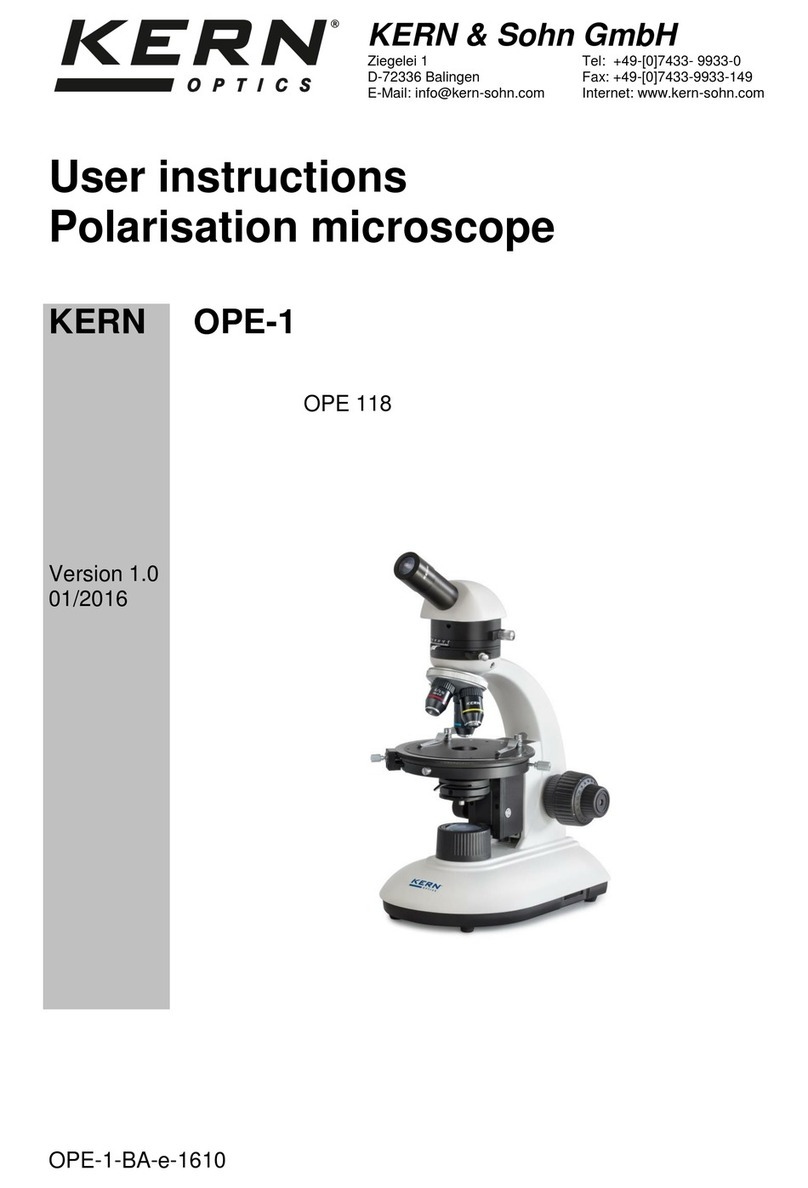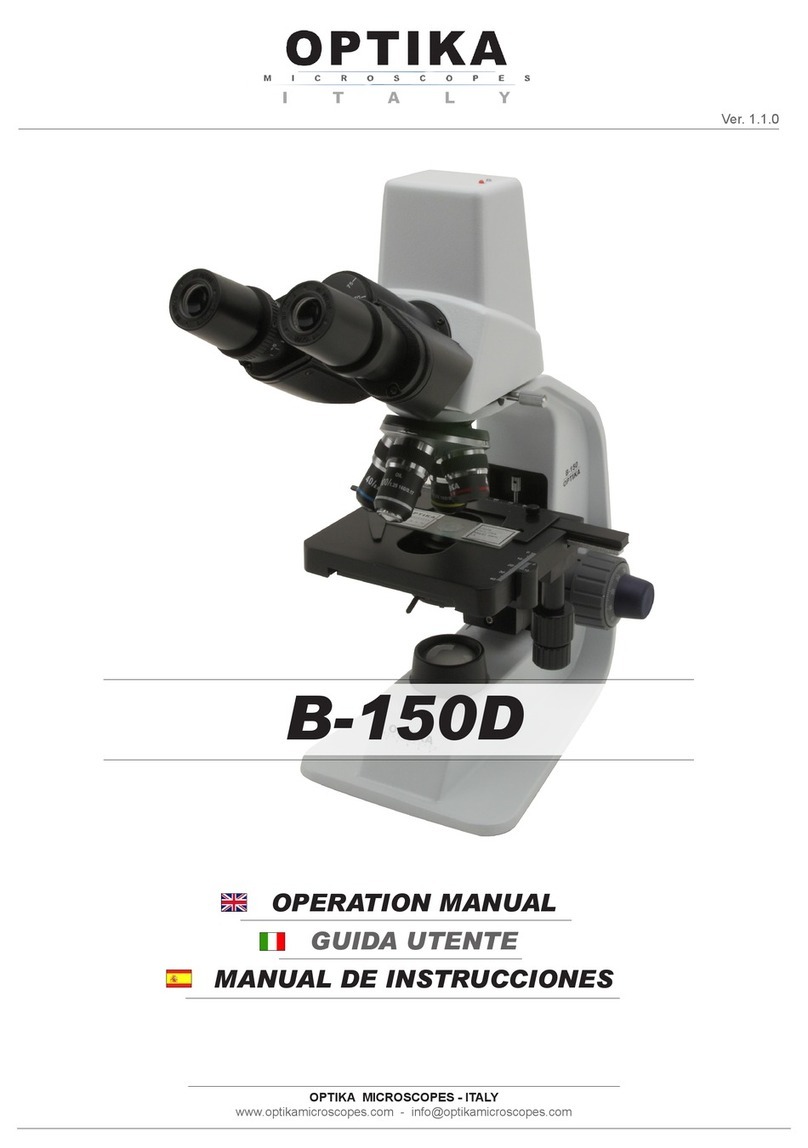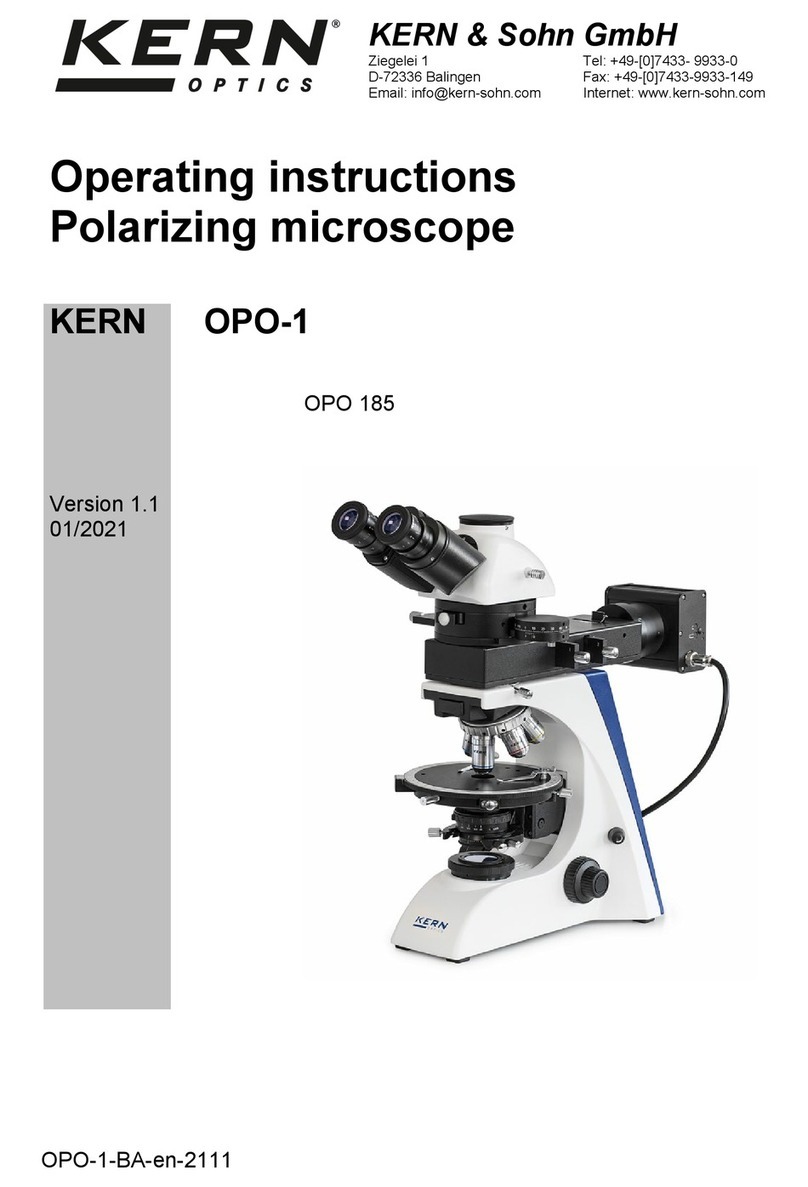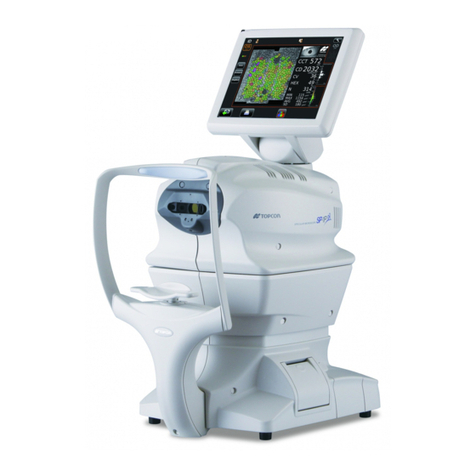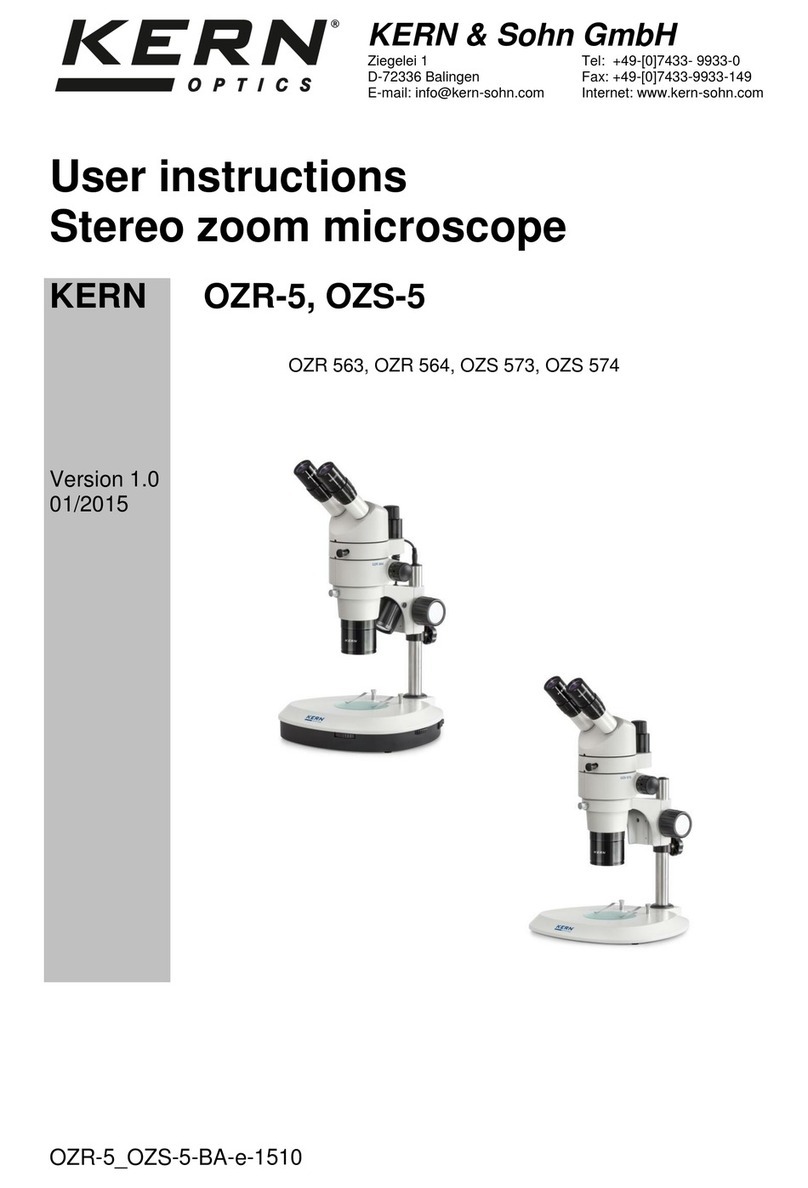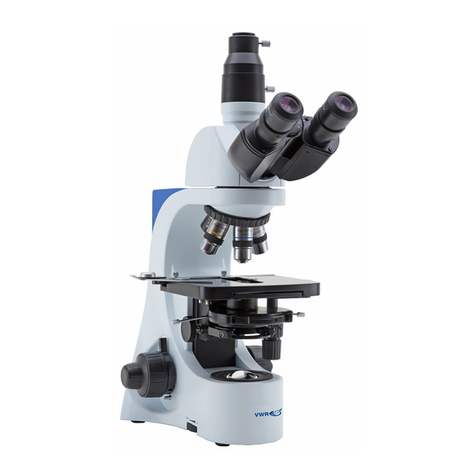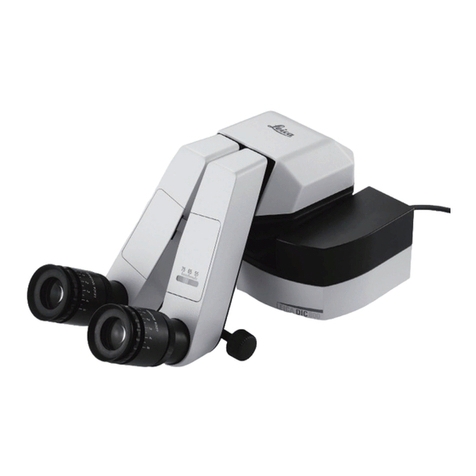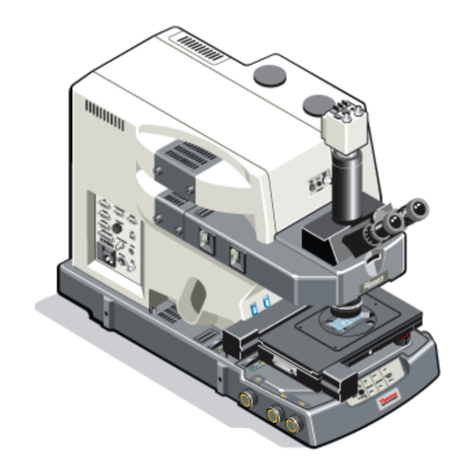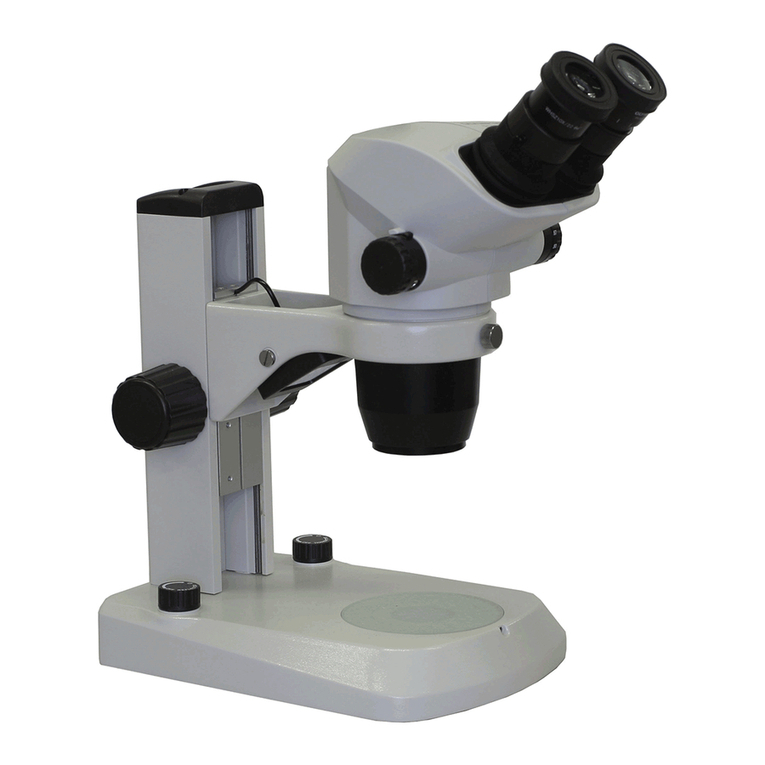Knowledge of this manual is required for the operation of the instrument. Would you therefore
please make yourself familiar with the contents of this manual and pay special attention to hints concerning
safe operation of the instrument. The specifications are subject to change; the manual is not covered
by an update service. Unless expressly authorized, forwarding and duplication of this document,
as well as utilization and communication of its contents are not permitted. Violations will entail an
obligation to pay compensation. All rights reserved in the event of granting of patents or registration of a utility
model.
Die Kenntnis dieser Anleitung ist für die Bedienung des Gerätes erforderlich. Bitte machen Sie sich deshalb
mit dem Inhalt vertraut und befolgen Sie besonders Hinweise, die den sicheren Umgang mit dem Gerät
betreffen. Änderungen im Interesse der technischen Weiterentwicklung bleiben vorbehalten; das Handbuch
unterliegt nicht dem Änderungsdienst. Weitergabe sowie Vervielfältigung dieser Unterlage, Verwertung und
Mitteilung ihres Inhalts sind nicht gestattet, soweit nicht ausdrücklich zugestanden. Zuwiderhandlungen
verpflichten zu Schadenersatz. Alle Rechte für den Fall der Patenterteilung oder Gebrauchsmuster-Eintragung
vorbehalten.
L’utilisation de l'appareil suppose la bonne connaissance du présent mode d’emploi. Nous vous prions par conséquent
de lire attentivement les informations contenues dans ce document et de respecter notamment les consignes relatives
à la sécurité d’utilisation. Le fabricant se réserve le droit d’apporter des modifications techniques en fonction de
l’évolution des technologies. Ces modifications ne sont pas automatiquement prises en compte dans le mode d'emploi
qui accompagne chaque appareil. Toute divulgation, reproduction ou publication du présent document, même
partielle, est interdite sans notre autorisation écrite. Toute infraction donne droit au versement de dommages et
intérêts. Tous les droits sont réservés en cas de délivrance d’un brevet ou de dépôt d’un modèle d'utilité.
El manejo de este equipo presupone el conocimiento de las presentes instrucciones. Por eso le rogamos
familiarizarse con su contenido y observar en particular las indicaciones que se refieren al manejo seguro del mismo.
Nos reservamos el derecho a modificaciones en interés del desarrollo técnico; el manual no está sujeto al servicio de
actualización. Sin nuestro consentimiento expreso no se autoriza ni la entrega y reproducción de este manual, ni el
aprovechamiento y la comunicación de su contenido. Cualquier contravención implica el pago de una
indemnización. Reservados todos los derechos para el otorgamiento de patentes o el registro de modelos de
utilidad.
Знание данной инструкции необходимо для использования прибора. Поэтому необходимо ознакомиться
сее содержанием иособенно следовать указаниям, касающихся безопасного обращения сприбором.
Фирма оставляет за собой право на изменения винтересах технического усовершенствования;
руководство не подлежит изменениям. Передача итиражирование данных документов, использование и
сообщение их содержания не допускаются без особого разрешения. Вслучае нарушений полагается
возмещение убытков. Фирма оставляет за собой право на выдачу патента или регистрацию
зарегистрированной модели.
版 权
操作本仪器必须先阅读本手册内容。因此请务必熟悉本手册内容,尤其要遵从有关仪器正确操作的注意事项。技
术可能会有更新,此手册不含升级服务。未经授权禁止复制,利用和转载本手册内容。如有违背必须承担相应赔
偿责任。保留所有申请专利或者样品注册权利。
Issued by: Carl Zeiss MicroImaging GmbH
P.O.B. 4041, 37030 Göttingen, Germany
Phone: +49 (0) 551 5060 660
Fax: +49 (0) 551 5060 464
www.zeiss.de
Number of this manual: B 46-0071 v
Date of issue: Version 7, 03/01/2006


